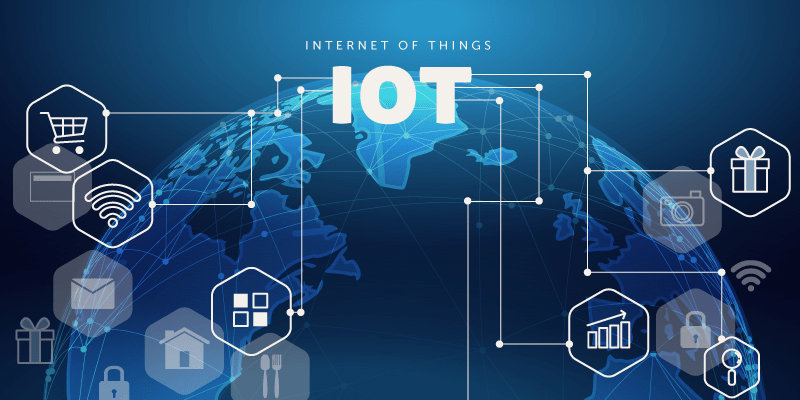
The Digital Doctor is In: AI and Telemedicine Redefine Healthcare
The healthcare industry is undergoing a seismic shift fueled by artificial intelligence (AI) and telemedicine.

Experts have been anticipating the future of IoT since before we even considered smart technology. But as the mass market expands, its potential is more tangible than ever. Regardless of whether through integrated AI, better scalability, or increased network capabilities, we can hope to see billions of devices becoming interconnected, enabling man and machine to communicate seamlessly in real-time.
The rollout of 5G is greatly helping to make this a closer reality. With its significantly increased speed, latency, and the capacity to connect multiple devices simultaneously, 5G will guarantee that the information gathered by smart devices is stored and managed to the best norms – something which isn’t simply key to development but to help consumers better monitor the things they value the most. Simply put, 5G makes it easier to interact with and protect the people and information they care about.
While we might be prepared from an innovation point of view to jump into that future, there’s a greater barrier that needs to be overcome first.
Although smart technology has been a boon throughout the years, we still aren’t seeing mass adoption. One of the biggest challenges is that customers don’t really know or understand why IoT is used or why they need IoT devices in the first place. The very term IoT still doesn’t resonate with a large portion of the crowd, and even for those who may be interested to learn more, there is a lack of perceived value. We’ve all been there, done that.
Before Apple ruled the market, there were a ton of smartphones on offer, but they didn’t strike the right balance in terms of design, connectivity, and purpose for users to realize that they could give genuine solutions for their needs.
For mass adoption of a product to really happen, driving large-scale awareness is not just it. There needs to be a good exhibition of how that product category is relevant and necessary to the consumer. This can be done by making your product or service problem-solvable. These problems could be daily concerns to the consumer, and you can meet their needs in a stylish (let’s say eye-candy), simple, and seamless way. That’s why iPhones dominate the smartphone world to date. Long description short, awareness, reliability, desirability, and appeal are fundamental stepping stones in driving mass adoption in a market.
Let’s say we got this balance right. So what would the future of IoT truly look like?
We are already seeing 5G unlock a whole new world of massive network capacity, high speed, latency, and reliability in automated industries. While driverless vehicles keep getting more credible, we will likewise see new vehicles having the option to interact with other IoT gadgets, like smartwatches, and utilize data to improve safety and enhance the driving experience.
While the prospect of machines moving independently may strike fear in many, IoT’s reality is substantially more incremental. Almost certainly, in first instances, IoT can solve a large number of small-scale problems, enabling smart devices to adapt to more compact, feasible, and easy-to-use technology. It takes a while to overcome challenges, but once they’re solved, the opportunities presented by mass adoption are endless.

The healthcare industry is undergoing a seismic shift fueled by artificial intelligence (AI) and telemedicine.

The healthcare and pharmaceutical sectors are navigating a transformative period, with technological advancements reshaping patient care, operational efficiencies, and strategic growth.

In the world of business, financial wizards wave their wands to conjure profits and success. But behind every great money magician …

Insurtech is not just making waves in the insurance industry—it’s rewriting the rulebook. As technology-driven startups disrupt …